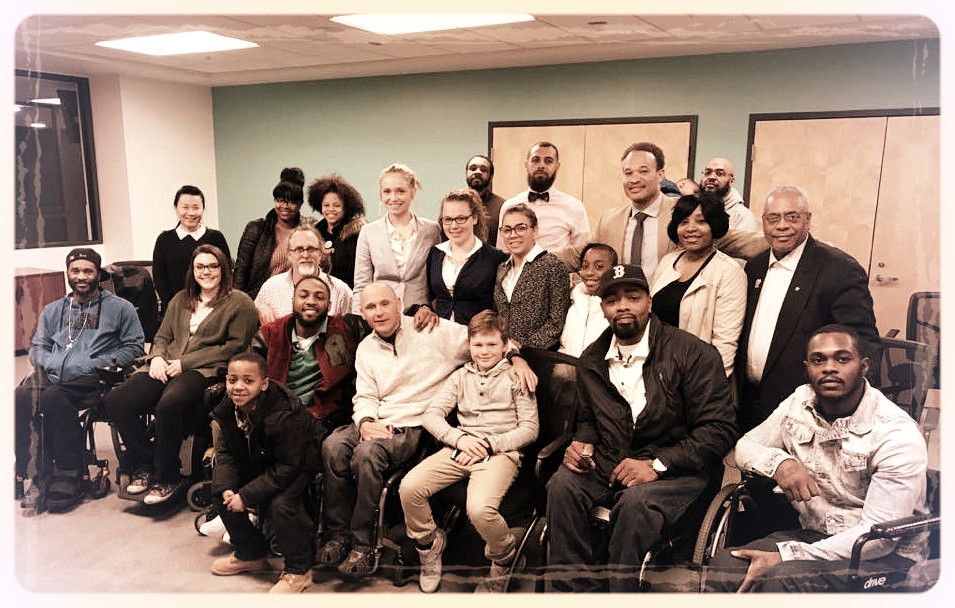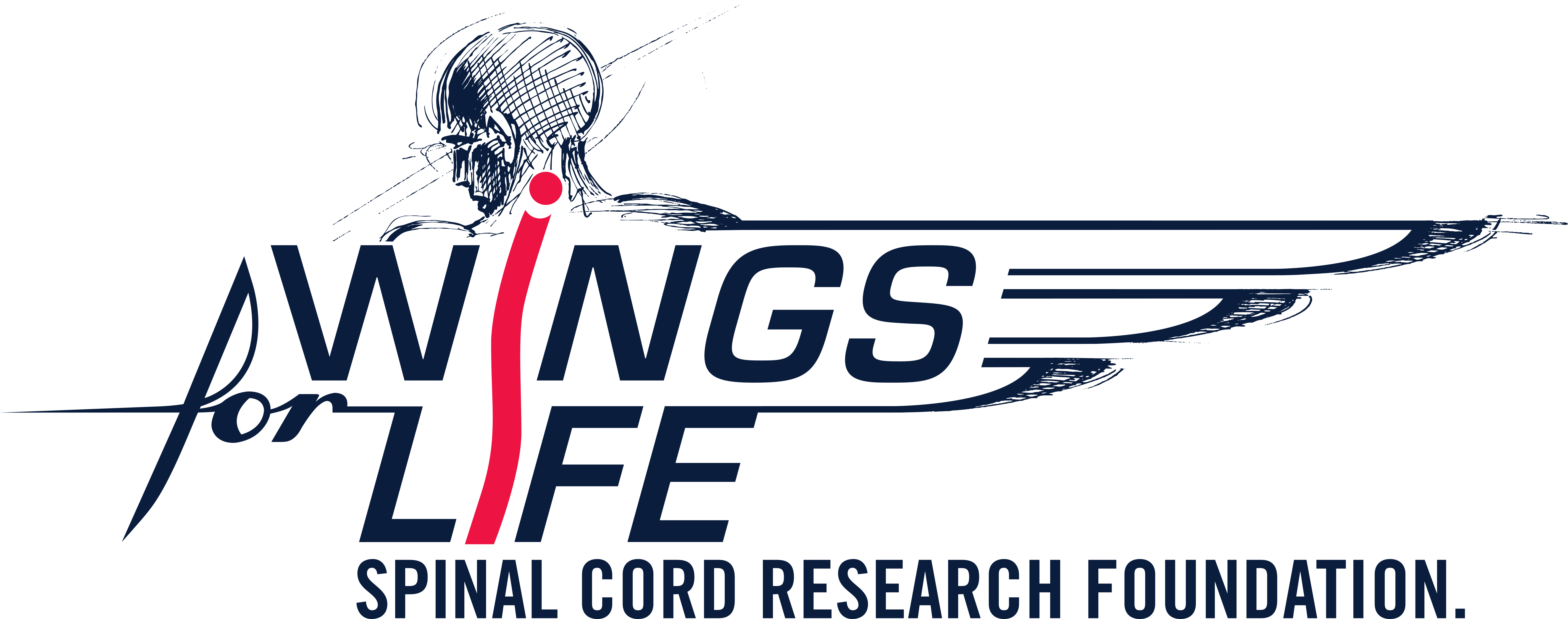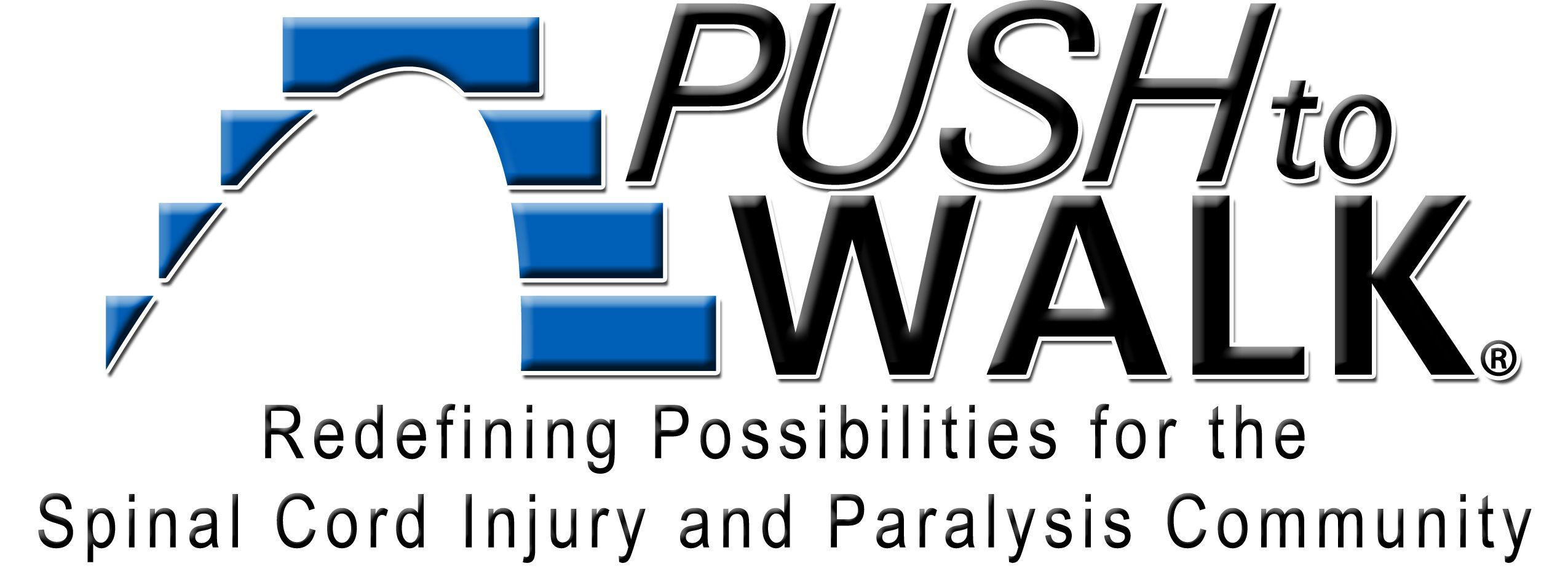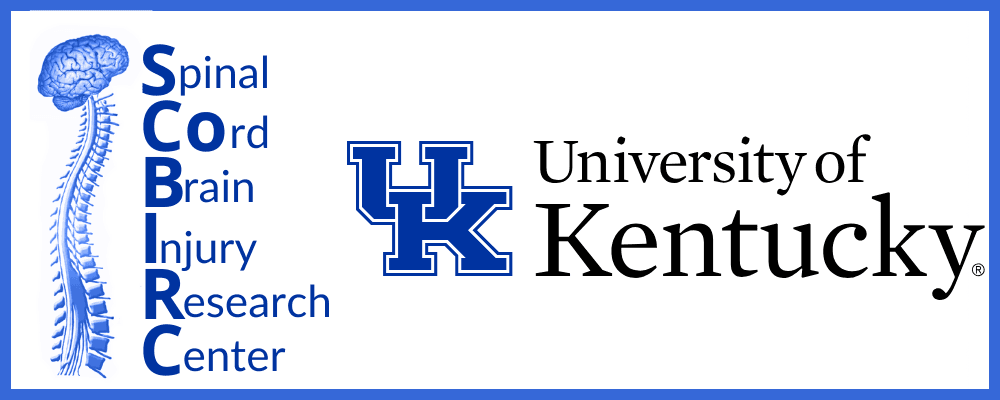
We have another video uploaded and ready to view from last fall’s Working 2 Walk Symposium. Wolfram Tetzlaff’s presentation at Working 2 Walk in Vancouver elicited a broad range of responses from our attendees. His talk — Locomotor Recovery Following Moderate or Severe Contusive SCI Does Not Require Oligodendrocyte Remyelination — calls into question “the interpretation/validity of rodent models used in support of clinical trials of transplantation of oligodendrocytes precursor cells.”
Check it out and don’t forget to watch through to the Question & Answer session at the end.
Locomotor Recovery Following Moderate or Severe Contusive Spinal Cord Injury Does Not Require Oligodendrocyte Remyelination
ABSTRACT: Spinal cord injury (SCI) can lead to severe and permanent motor, sensory and autonomic dysfunction due to the adult mammalian spinal cord’s inability to regenerate lost neurons and their connections. Most SCIs in humans do not result in the complete transection of the spinal cord but instead axons are spared at the lesion epicenter and a period of limited functional improvement commences soon after SCI despite axon regeneration failure. Enhancing the functional connectivity of the spared circuitry may be a viable means of promoting functional improvements following SCI. However, oligodendrocyte death in the weeks after SCI presumably results in the demyelination of spared axons, which could diminish the functionality of spared circuits. Demyelination impairs the amplitude and speed of electrical conductance and oligodendrocyte loss may leave axons vulnerable to degeneration. For these reasons, strategies to enhance oligodendrocyte remyelination of spared axons have been hypothesized to promote functional improvements following SCI. However, the extent of remyelination and its role of myelin regeneration in locomotor recovery has never been tested directly. Our data indicates that while spontaneous remyelination is extensive following SCI, it is not associated with improvements in hindlimb motor function during spontaneous recovery in our contusion models. This questions the interpretation/validity of rodent models used in support of clinical trials of transplantation of oligodendrocytes precursor cells.
As always, we’ll continue to announce newly uploaded Working 2 Walk videos here in our newsletter, all of which will be featured on the Video Library page of our website, and available in our Vimeo album.
And remember to watch this space for more details on our 14th annual Working 2 Walk Symposium this year in Cleveland — thanks to our Title Sponsor, MetroHealth!
We’ve got a growing list of great organizations sponsoring this year’s conference. If you’re looking for the opportunity to support this year’s event you can peruse our sponsor options and view or download our agreement form HERE.
Join us!
Matthew Rodreick, Executive Director
U2FP
PS - Want to get these updates sent directly to your inbox? Sign up for our newsletter!


















